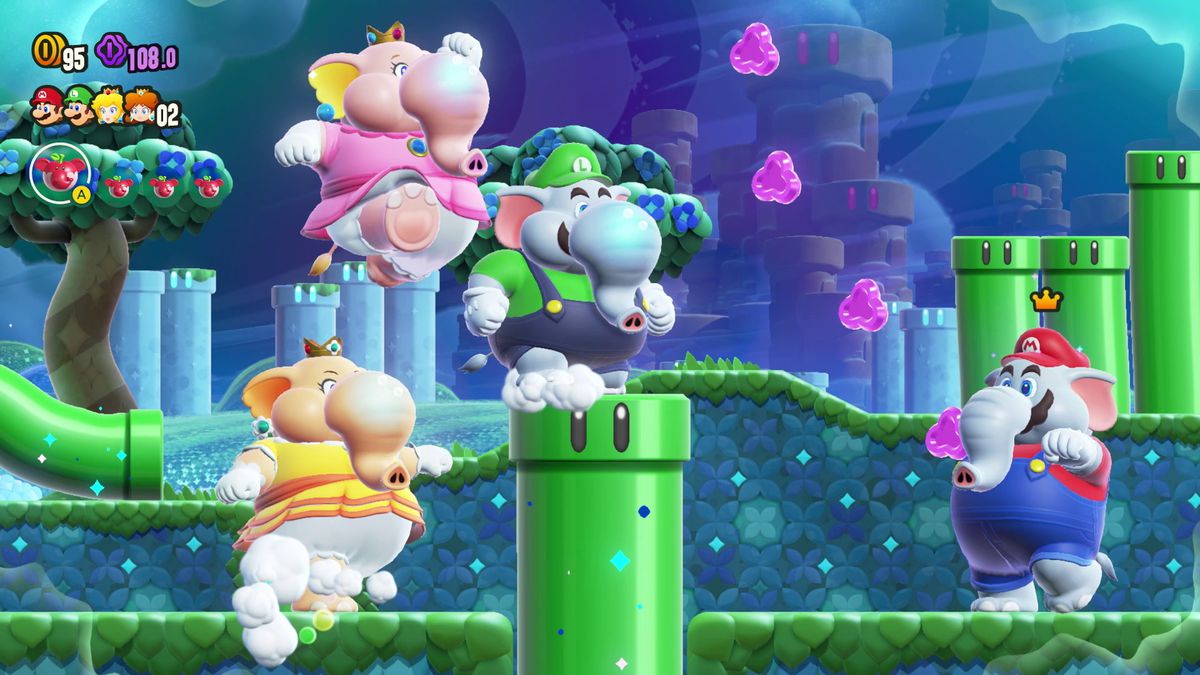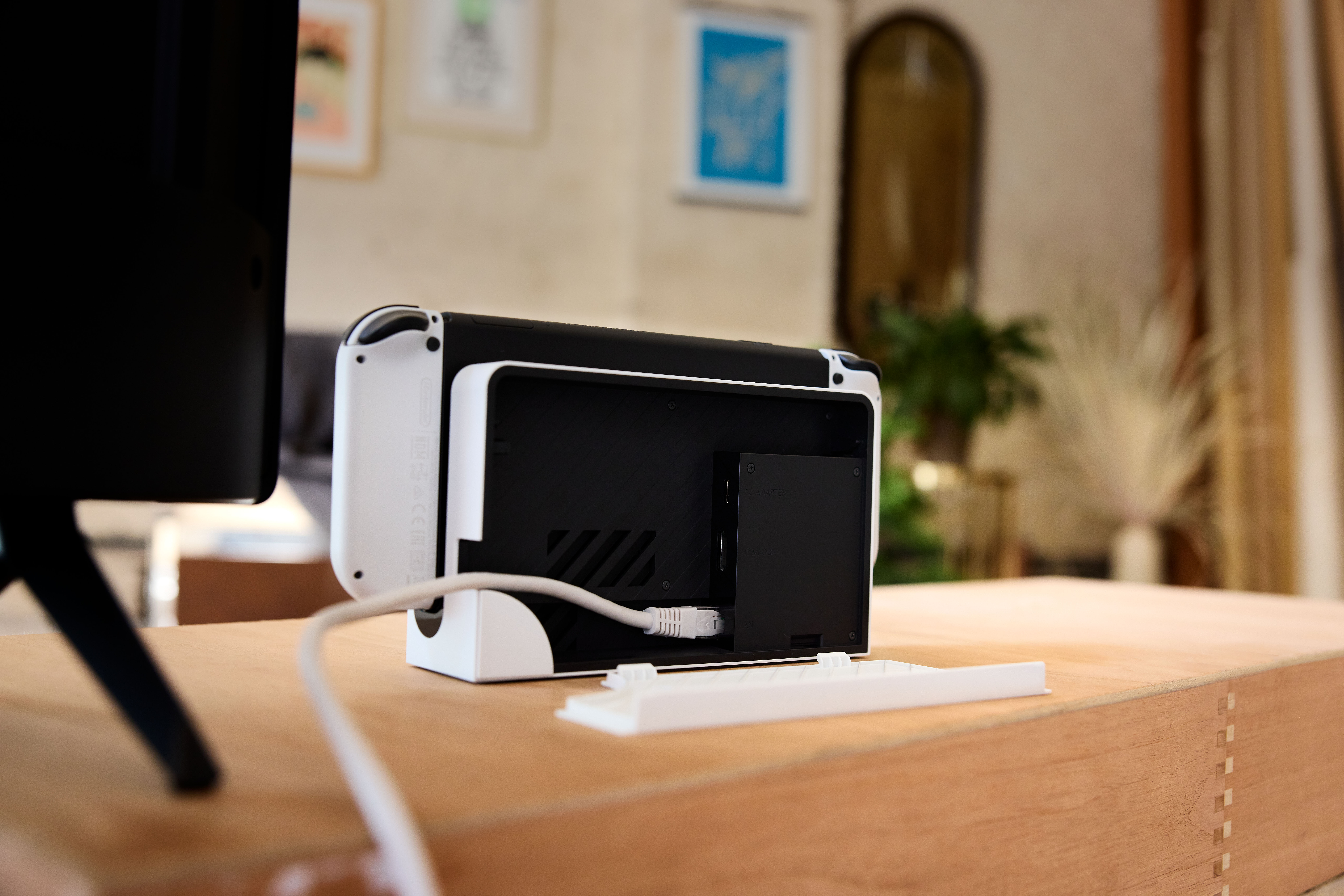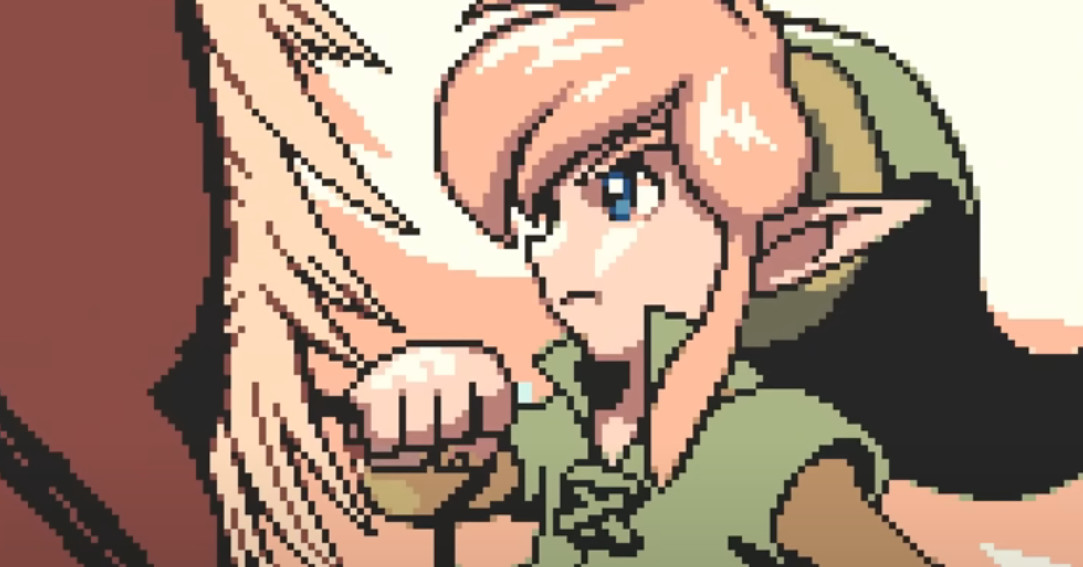On TikTok, The Legend of Zelda: Tears of the Kingdom players have shared thousands of videos flexing complicated machines built in the open-world game since its May release. The clips show footage of terrifying war machines and mind-blowing contraptions that can mine rocks. Because of the flexibility of Nintendo’s systems, and how they allowed for such a wide range of design savvy, many hailed the machinery as the coming of the “industrial revolution” to Hyrule. Despite that excitement, that revolution never came. Although the developers of Tears of the Kingdom afforded freedom in ways previously unimaginable in Zelda, and scarcely seen in video games as a medium, Tears of the Kingdoms does have its limits; and they tell us a lot about the developers’ priorities.
In Tears of the Kingdom, Link has new abilities that allow him to pick up and re-arrange objects, as well as glue them together to create a larger structure. It’s a key change from Breath of the Wild that introduces myriad more layers of sandbox possibilities. For many, these powers serve as a way to create simple structures and vehicles to help traverse the land. However, some have been pushing these gameplay elements to build Fordian and Goldbergian machines. Groups like the Hyrule Engineering Club were founded to serve as hubs for players looking to see just how far these abilities could go.
As someone who still struggles to build a functional glider, the accomplishments of some builders astound me. Players have built marvels like a 1-bit calculator or jets that can traverse Hyrule in minutes. As amazing as these creations are, though,, these expert builders are still pushing up against the boundaries of the game. Some aspects — like the 45 degree turn when positioning an object or the 21-component limit for robots — make it harder to realize the loftiest of blueprints. MiztrSage, an active member of the Hyrule Engineering community and the person who built the record-breaking jet plane, told Polygon that despite some innovations that help overcome the 21-object limit, game restrictions like that are an “insanely limiting” factor of building. Additionally, some builds stretch the capabilities of the hardware itself.
:no_upscale()/cdn.vox-cdn.com/uploads/chorus_asset/file/24420825/link_drives.jpg)
“The game has a built-in memory ‘refresher’ which automatically triggers a Blood Moon once you start ‘pressuring’ the game with, for example, too many objects in Link’s vicinity. The blood moon then removes all the objects around you that caused this overload and resets enemies. All because the Switch is not powerful enough” MiztrSage told Polygon via Discord messages.
Other sandbox games, like Minecraft, have less restrictions. There are no size limits so the game allows players to remake entire cities or in one case, remake Breath of the Wild in Minecraft. Certain features allow for greater span of in-game technology as well. For example, players have been able to build technical marvels and run games like Pokémon: Red or build graphing calculators in-game. Additionally, players have been able to create fully automated industrial-scale farms where players farm mobs and automatically produce as many as 6.5 million items per hour.
I asked MiztrSage if he thought the Tears of the Kingdom community will ever be able to reach that level of complexity. “Given the current limitations of the game? No, absolutely not,” he said.
The current state of affairs is by no means settled, and players will continue to push the game’s supposed technical ceiling —, but they likely won’t reach a full-scale automated “industrial revolution” like many had predicted. For dedicated builders, this might come as sad news; but it also reflects the priorities of game developers. In an interview with Polygon, producer Eiji Aonuma said that ideas for Tears of the Kingdom “centered around this concept of giving the player more and more options, and the freedom to try to do different things.”
Still, between the technical capabilities of the Switch, and the fear of making the building systems so complicated as to be overwhelming, put limits on said “freedom.”. The team did a lot of experimentation as it decided what to keep and what to remove. Director Hidemaro Fujibayashi said:
“And really, in that process, we decided on a guiding principle: Keep it simple and to the point. Try to avoid too much complexity. In experimenting, we found that things were becoming a lot more complex. And we wanted to make sure that the system itself is simple enough that anybody can pick it up and play without too much issue. The more we weed out complexity upfront, the more versatility and freedom there is to provide options [later].”
Tears of the Kingdom is not a building game in the same sense that Minecraft is, and to hear it from the devs’ mouths, it was never meant to be. Building in Tears of the Kingdom doesn’t feel like modeling freeform clay — it feels closer to building a Lego set. We’re given baseline directions and plenty of bricks, and sometimes we can kitbust; but we’re building from a limited toolset nonetheless. It may not be Hyrule’s industrial revolution, but maybe Hyrule never needed one. Because of these loose guardrails, a non-engineer like myself can still enjoy the game, and marvel at the complexity of the simple things– like the physics of a bridge.








